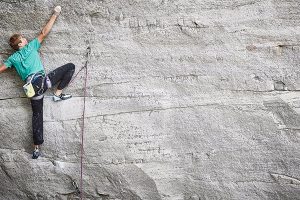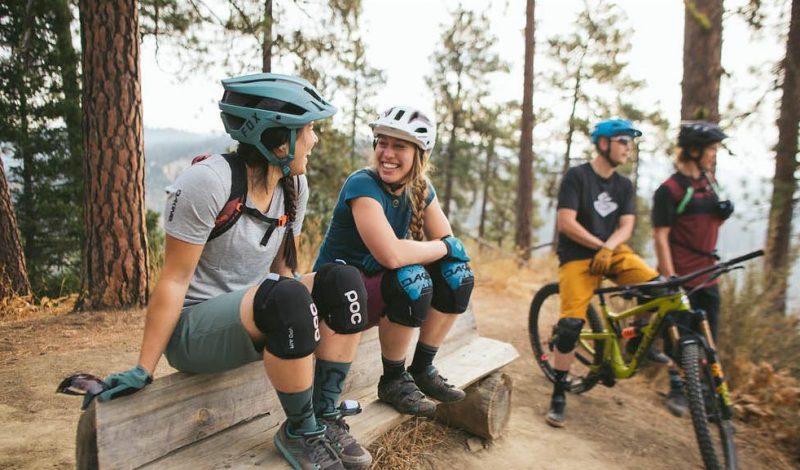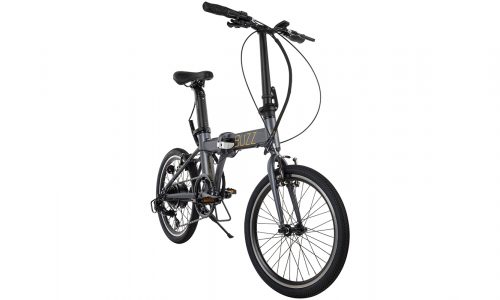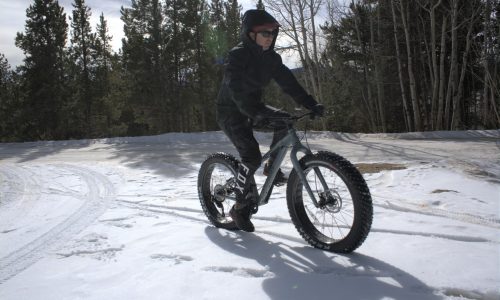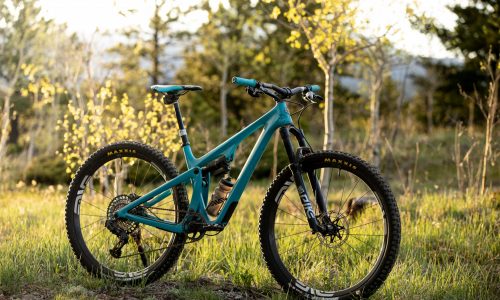A helmet is an absolute must every time you get on a mountain bike. There are a lot of options out there, so maybe you’re wondering which option is the best? The answer is simple – it’s the one that you actually want to wear!
Fortunately, helmet designs have come a long way in becoming more sleek and comfortable. Whether you’re looking for the extended coverage of modern “enduro” style helmets, the total protection of full face downhill buckets, or light and breathable XC lids, it’s important to not only find a helmet that fits the way you ride, but one that you’ll actually wear, because your helmet won’t do you any good if it stays hanging in your garage.
Styles of Helmets
Half Shell
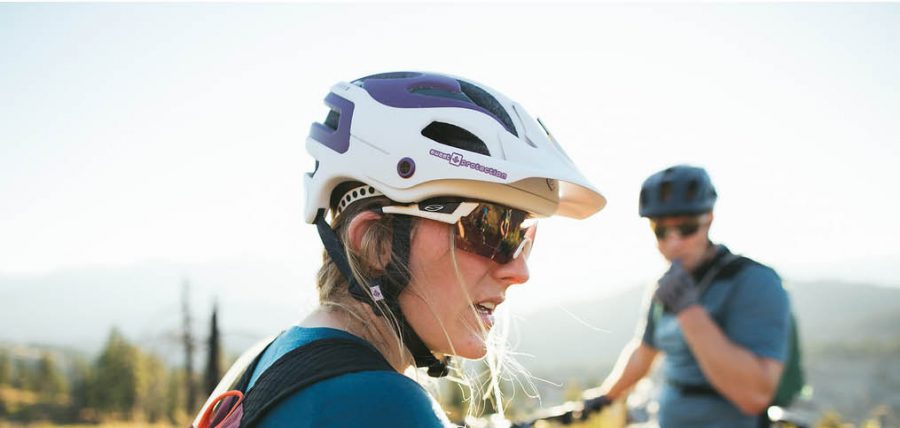
There are two main types of bike helmets, half shell and full face. Half shell helmets are what most people are familiar with. They come in a range of options in terms of coverage and design – from minimalist models with lots of venting, to burly offerings with more coverage for hard-charging mountain biking. Most mountain bikers should gravitate toward half shell “plus” styles with bonus protection in the back-of-head, temple, ear, and/or jaw areas for extra protection on the trail.
Full Face
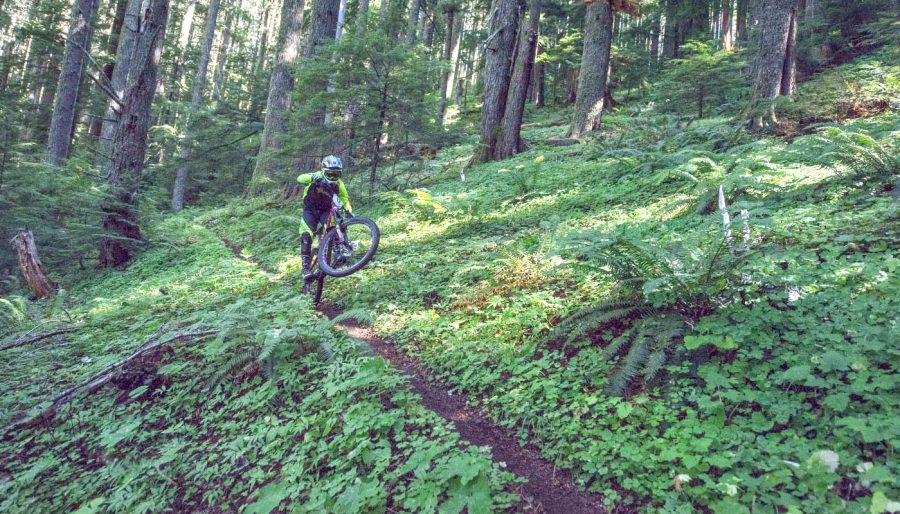
Full face bike helmets offer the most complete protection. What full face helmets gain in protection, they sacrifice in weight and comfort – they can be heavy and hot. Full face helmets are most commonly worn by downhill mountain bikers who go big and fast with the chance of falling hard. If you’re doing a lot of riding in the bikepark, you’ll definitely want to rock the full face.
Sizing
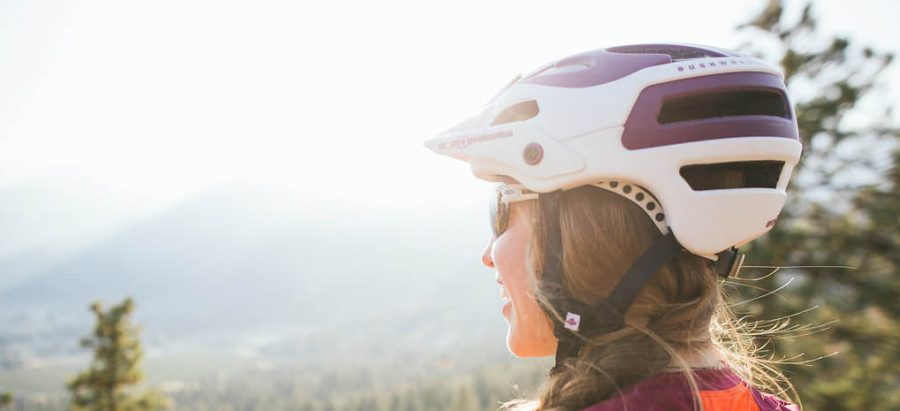
Regardless of style, or if it’s a men’s bike helmet or women’s bike helmet, sizing is usually dictated with a traditional S through XL sizing, with centimeters used to define the ranges. Measuring your head is a good place to start your search. Use a flexible tape measure to measure the distance around your head about an inch above your eyebrows and ears. You can also use a piece of string and then measure that against a regular tape measure.
Once you know the size of your head, you have a baseline to work from when actually trying on different helmets. When trying on a helmet, use the “shake test” to check the sizing. Adjust the retention system (the wheel or ratchet in the back), then push or gently shake the helmet from side to side and back to front. If the helmet shifts noticeably, try adjusting it. The helmet shouldn’t be able to move more than one inch in any direction during the shake test once you’ve dialed in the perfect fit. If it still moves, it’s too big, if you get pressure points, it’s too small. Looking for more info? Check out our in-depth guide to choosing the right bike helmet.
When to Replace Your Helmet
Your helmet is your most important bike accessory, be sure to pay attention to any dents or dings, so you can make sure it will keep you safe in the event of a crash. You’ve heard it before: always replace your helmet after a crash. It may sound like bike companies and retailers trying to sell more helmets, but it’s imperative to your safety. Why? For starters, the foam most helmets are made from doesn’t recover after a crash. Even if there is no visible damage, its safety may be compromised in a fall. Bottom line? Look on the bright side, see a crash as an opportunity to trade-up for a sweet new style and invest in a new helmet.
Haven’t fallen in a while? Most manufacturers recommend replacing your helmet every three to five years.
We are evo – a ski, snowboard, mountain bike, surf, wake, and skate retailer based in Seattle, Washington, USA, with stores located in Seattle, Portland, and Denver. We also offer trips to remote locations across the globe in search of world-class powder turns, epic waves, and legendary mountain biking through our evoTrip Adventure Travel Vacation Packages.

